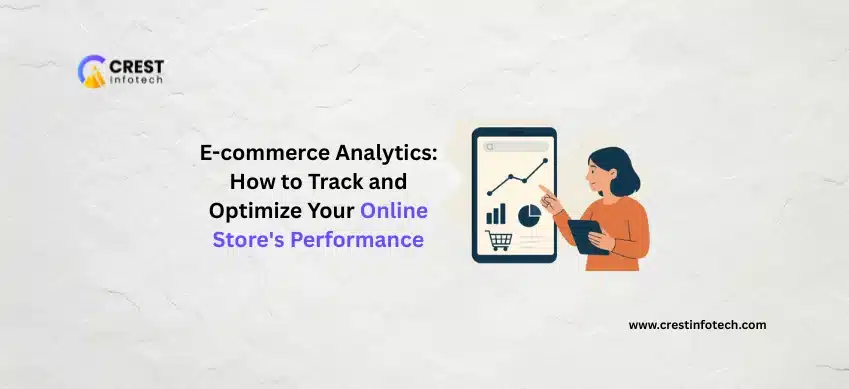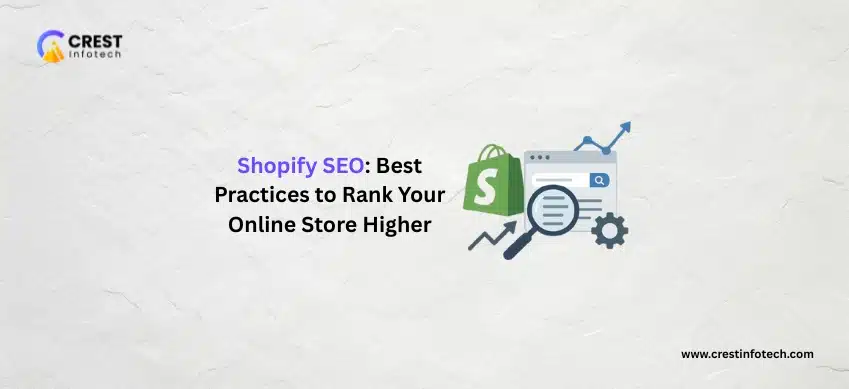In the fast-paced world of online retail, data isn’t just helpful — it’s essential. Whether you’re trying to boost conversions, improve customer experience, or scale your store, analytics offer the insights needed to make smart, informed decisions.
When used effectively, e-commerce analytics help uncover what’s working, what’s not, and where there’s room for growth. Let’s break down the key concepts, metrics, and tools every online store should be using.
1. What Is E-commerce Analytics?
E-commerce analytics is the process of collecting, analyzing, and interpreting data from your online store to evaluate performance and optimize strategies. This can include:
- Tracking website traffic and sources
- Monitoring user behavior and funnel performance
- Measuring marketing ROI
- Analyzing sales trends and customer retention
“Think of analytics as the compass for your e-commerce journey — guiding every decision with data.”
2. Why E-commerce Analytics Matter
Without accurate analytics, you’re essentially running your store blind. Using data helps you:
- Increase conversions: Identify drop-off points and optimize user journeys.
- Improve marketing ROI: Double down on high-performing channels.
- Enhance customer retention: Understand lifecycle behavior and improve experiences.
- Boost revenue: Spot trends, predict demand, and improve upselling opportunities.
3. Essential Metrics to Track
Traffic & Acquisition
Know where your users are coming from (organic, paid, referral, social) and which sources convert best.
Conversion Rate
The percentage of visitors who complete a purchase. A low rate signals UX or funnel issues.
Average Order Value (AOV)
Track how much customers spend on average. Helps with upselling and bundling strategies.
Cart Abandonment Rate
Gauge how many users add products but don’t complete checkout.
Customer Lifetime Value (CLTV)
Measure the total revenue a single customer is expected to bring over time.
Bounce Rate
Shows how often users leave after visiting only one page — an important signal of page relevance.
4. Best Tools for E-commerce Analytics
You don’t need to be a data scientist — today’s tools make analytics accessible and actionable:
- Google Analytics 4: Deep behavioral data, funnel tracking, and event-based tracking.
- Shopify Analytics: Great for quick overviews of sales, customer data, and product performance.
- Hotjar: See how users interact with your site through heatmaps and recordings.
- Klaviyo or Omnisend: Email engagement analytics and customer segmentation.
- Segment: Collect and unify customer data from various tools.
5. How to Use Analytics to Optimize Your Store
Knowing the numbers is only half the battle — here’s how to turn insights into action:
Optimize Product Pages
Use heatmaps and bounce rate data to improve page layouts, copy, and images.
Streamline the Checkout Flow
High cart abandonment? Analyze steps where users drop off and simplify the process.
Personalize User Experience
Segment traffic and offer dynamic content based on user behavior and purchase history.
Improve Ad Targeting
Match audience behavior with specific campaign performance to optimize ROAS.
6. Common Mistakes to Avoid
- Tracking too many metrics: Focus on KPIs that align with your goals.
- Ignoring segmentation: Not all customers behave the same — treat them accordingly.
- Failing to act on insights: Data without action won’t move the needle.
- Over-relying on last-click attribution: Use multi-touch models for accurate campaign evaluation.
“Good analytics won’t grow your store — acting on them will.”
Final Thoughts
E-commerce analytics is your roadmap to smarter decisions, better user experiences, and consistent growth. By focusing on the right metrics, using powerful tools, and acting on the insights you uncover, you’ll not only improve performance — you’ll build a more resilient, profitable business.
Start with the basics, measure what matters, and make data your competitive edge.



